Table of content
Stir-fried pork is a beloved dish in countless cuisines, prized for its versatility, flavor, and ability to pair with vegetables, sauces, and grains. However, achieving perfectly tender pork that melts in your mouth rather than becoming tough or chewy is a skill that eludes many home cooks. The secret lies not just in the recipe but in the techniques employed during preparation and cooking. This article delves into the science and craft of tenderizing pork for stir-fries, offering actionable advice to transform your dishes into culinary masterpieces.
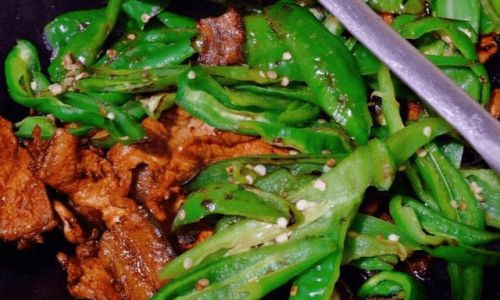
Understanding the Challenge: Why Does Pork Become Tough?
Pork, like all meats, is composed of muscle fibers, connective tissue, and fat. When exposed to heat, these proteins contract, squeezing out moisture and resulting in a dry, chewy texture if not handled correctly. Stir-frying, a high-heat, quick-cooking method, exacerbates this risk because the meat cooks rapidly. Without proper preparation, pork can easily become overcooked or under-seasoned, leading to disappointment.
The key to tender stir-fried pork is twofold: mechanical tenderization (breaking down muscle fibers) and chemical tenderization (using ingredients to alter protein structure). By mastering these principles, you can ensure your pork remains juicy, flavorful, and tender every time.
Choosing the Right Cut of Pork
Not all pork cuts are created equal. The choice of meat is the foundation of a tender stir-fry. Opt for cuts with natural tenderness and minimal connective tissue:
- Pork Tenderloin: The most tender cut, located near the spine. It has a mild flavor and cooks quickly.
- Pork Loin: Slightly firmer than tenderloin but still lean and versatile.
- Pork Shoulder (Boston Butt): Marbled with fat, this cut becomes tender when sliced thinly against the grain.
- Pork Belly: Rich in fat, it adds succulence but requires careful cooking to avoid greasiness.
Avoid tough cuts like pork shank or leg unless you plan to slow-cook them, as they contain excessive connective tissue unsuitable for stir-frying.
Slicing Technique: The Silent Game-Changer
How you slice the pork can make or break its texture. Follow these rules:
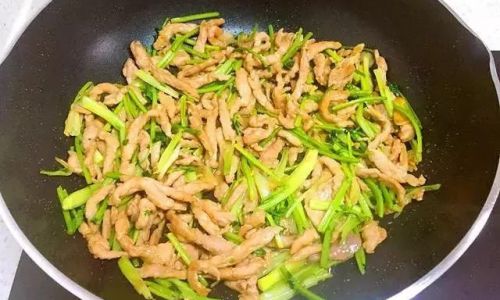
- Slice Against the Grain: Identify the direction of the muscle fibers (the “grain”) and cut perpendicular to it. This shortens the fibers, making the meat easier to chew.
- Uniform Thickness: Slice pork into thin, evenly sized strips (about ¼-inch thick). Uneven pieces will cook unevenly, leading to some pieces being overdone while others remain raw.
- Partial Freezing: For easier slicing, freeze the pork for 20–30 minutes until firm but not frozen solid. This stiffens the meat, allowing for cleaner, thinner cuts.
Marination: The Chemical Magic
Marinades serve dual purposes: tenderizing and flavoring. A well-crafted marinade can transform even a modest cut of pork into a tender delight.
Key Ingredients for Tenderizing Marinades
-
Baking Soda (Sodium Bicarbonate):
- A alkaline agent that raises the meat’s pH, breaking down tough proteins.
- Use sparingly: ½ teaspoon per pound of pork. Too much imparts a soapy taste.
- Technique: Toss pork in baking soda, let rest 15–30 minutes, then rinse thoroughly before adding other marinade ingredients.
-
Cornstarch (Corn Flour):
- Creates a protective coating that seals in moisture during cooking.
- Combine with soy sauce, rice wine, and oil for a classic Chinese-style marinade.
-
Egg White:
Adds richness and forms a silky coating. Whisk until frothy before incorporating.
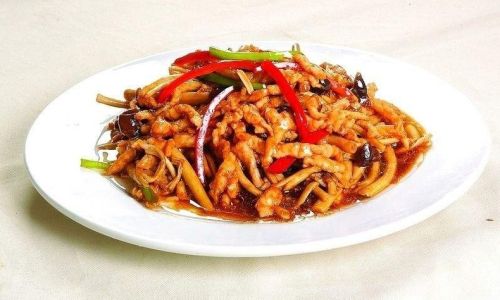
-
Acidic Ingredients (e.g., Rice Vinegar, Lime Juice):
Denatures proteins, tenderizing the meat. Use mild acids to avoid toughening (avoid prolonged marinating).
-
Enzymatic Tenderizers (e.g., Pineapple, Papaya):
Fruits containing bromelain or papain break down proteins. Use sparingly, as over-marinating can turn meat mushy.
Sample Marinade Recipe
- 1 lb pork tenderloin, sliced
- 1 tsp soy sauce
- 1 tsp Shaoxing rice wine
- ½ tsp baking soda
- 1 tbsp cornstarch
- 1 tbsp vegetable oil
- 1 tsp sugar
- 1 tsp sesame oil (optional)
Instructions:
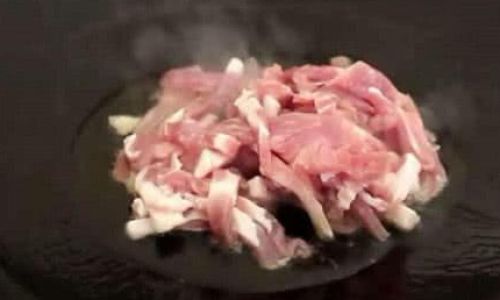
- Toss pork with baking soda and let rest 15 minutes.
- Rinse under cold water and pat dry.
- Combine with remaining ingredients. Marinate 20–30 minutes (no longer, to prevent caking).
Velveting: The Chinese Secret to Silken Meat
Velveting is a two-step process that locks in moisture and ensures tenderness:
- Marinate: As described above.
- Blanch in Oil or Water:
- Oil Velveting: Heat oil to 350°F (175°C). Briefly cook pork strips until they turn opaque (15–30 seconds). Remove and drain.
- Water Velveting: Boil water with a splash of oil. Blanch pork for 1–2 minutes until just cooked.
This method pre-cooks the meat gently, preventing overcooking during stir-frying.
Mastering the Stir-Fry: Heat and Timing
Even the best-marinated pork can become tough if mishandled during cooking. Follow these rules:
- High Heat, Quick Cooking: Use a wok or large skillet over high heat. The goal is to sear the meat rapidly, sealing in juices.
- Cook in Batches: Overcrowding the pan lowers the temperature, causing the pork to steam rather than fry. Cook in single layers, removing each batch before adding the next.
- Add Aromatics Last: Stir-fry garlic, ginger, or chilies briefly after cooking the pork to avoid burning.
- Rest Before Serving: Let the pork rest 2–3 minutes after cooking to redistribute juices.
Avoiding Common Mistakes
- Overcooking: Pork is safe at 145°F (63°C), but for stir-fries, remove it from the heat while still slightly pink. Residual heat will finish cooking.
- Skipping Marination: Even 15 minutes of marinating improves texture.
- Using Dull Knives: Blunt blades tear meat, creating jagged edges that absorb more oil and cook unevenly.
Advanced Techniques for Enthusiast Cooks
For those seeking perfection, explore these methods:
- Dry-Aging: Age pork in the refrigerator for 1–3 days, wrapped in cheesecloth. Enzymes break down muscle fibers, enhancing tenderness.
- Pounding: Use a meat mallet to flatten thick cuts into uniform thickness.
- Brine: Soak pork in a saltwater solution (¼ cup salt per 4 cups water) for 1–2 hours. Salt dissolves proteins, increasing water retention.
Pairing Pork with Complementary Ingredients
Tender pork shines when paired with ingredients that balance its richness:

- Crisp Vegetables: Bell peppers, snow peas, or bamboo shoots add texture.
- Aromatic Sauces: Combine oyster sauce, hoisin, or black bean garlic sauce with broth or wine.
- Fresh Herbs: Cilantro, basil, or mint add brightness.
Troubleshooting Guide
| Issue | Cause | Solution |
|---|---|---|
| Tough, chewy pork | Overcooking or wrong cut | Use tenderloin; cook briefly |
| Dry meat | Insufficient marinade | Add cornstarch/oil coating |
| Meat sticking to pan | Inadequate heating | Preheat wok until smoking |
| Bland flavor | Under-seasoning | Marinate with soy sauce/spices |
A Sample Recipe: Garlic Soy Stir-Fried Pork
Ingredients:
- 1 lb pork tenderloin, sliced against the grain
- 3 garlic cloves, minced
- 1 tbsp fresh ginger, grated
- 1 red bell pepper, julienned
- 4 oz mushrooms, sliced
- 2 green onions, chopped
- 3 tbsp vegetable oil
- Marinade:
- 1 tbsp soy sauce
- 1 tsp Shaoxing wine
- 1 tsp sesame oil
- 1 tbsp cornstarch
- ½ tsp white pepper
- Sauce:
- 2 tbsp oyster sauce
- 1 tbsp rice vinegar
- 1 tsp sugar
- ¼ cup chicken broth
Instructions:
- Marinate pork for 20 minutes.
- Heat 2 tbsp oil in wok. Stir-fry pork in batches until browned. Set aside.
- Add remaining oil. Stir-fry garlic and ginger 30 seconds.
- Toss in bell peppers and mushrooms. Cook 2 minutes.
- Return pork to wok. Add sauce; toss to coat.
- Garnish with green onions. Serve with steamed rice.
Conclusion: The Path to Pork Perfection
Tender stir-fried pork is within reach of any cook willing to master a few key techniques. By selecting the right cut, slicing meticulously, marinating wisely, and controlling heat, you can elevate this humble ingredient into a restaurant-quality dish. Remember that practice makes perfect—experiment with marinades, cuts, and cooking times to discover your signature style. Whether you’re whipping up a quick weeknight meal or impressing dinner guests, these tips will ensure your pork is always tender, juicy, and unforgettable.
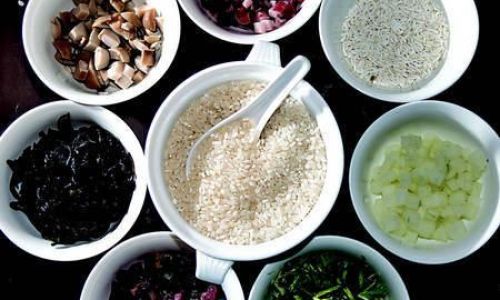
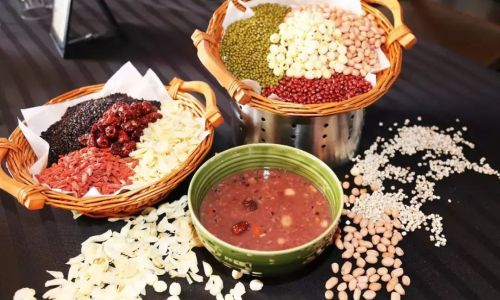
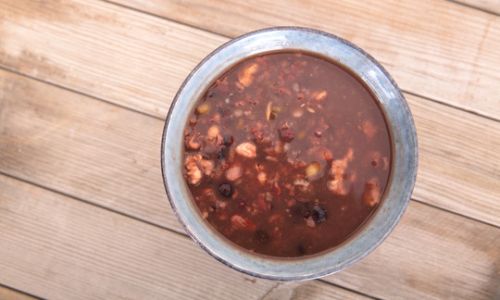

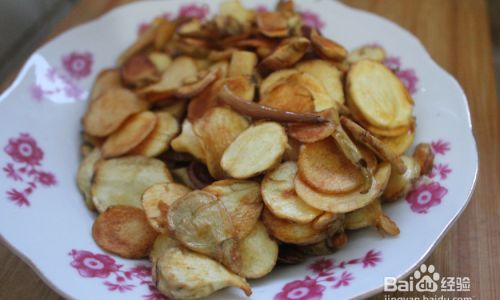
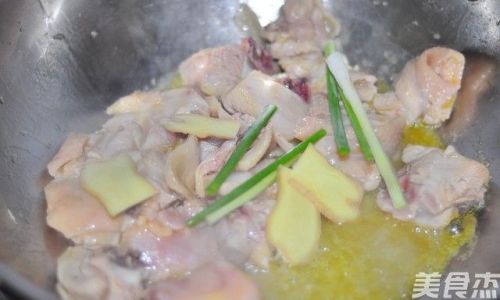
0 comments